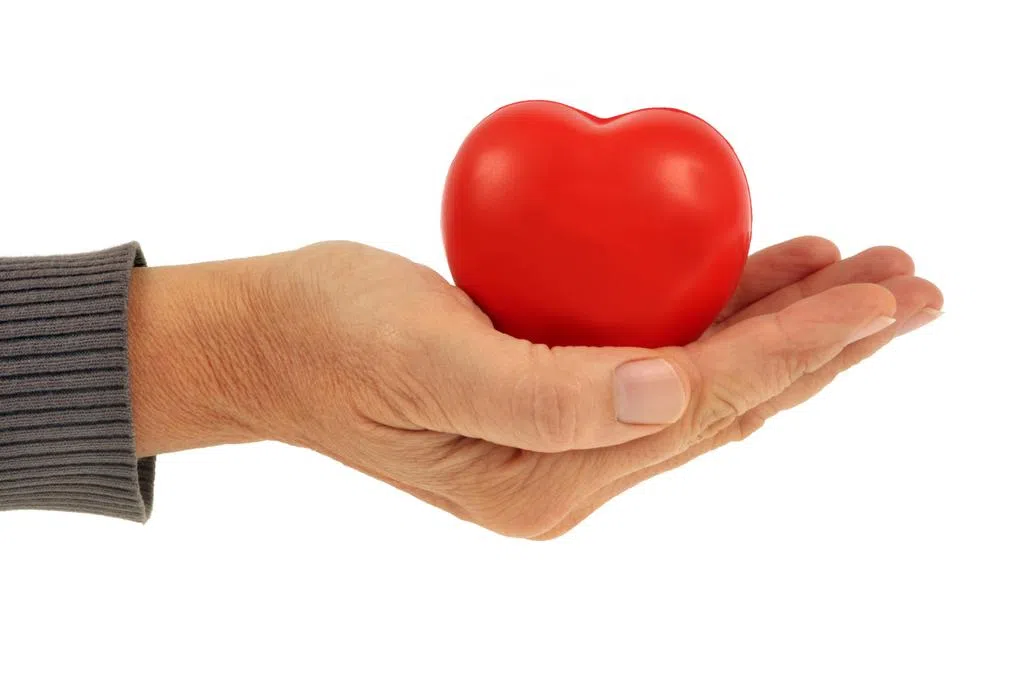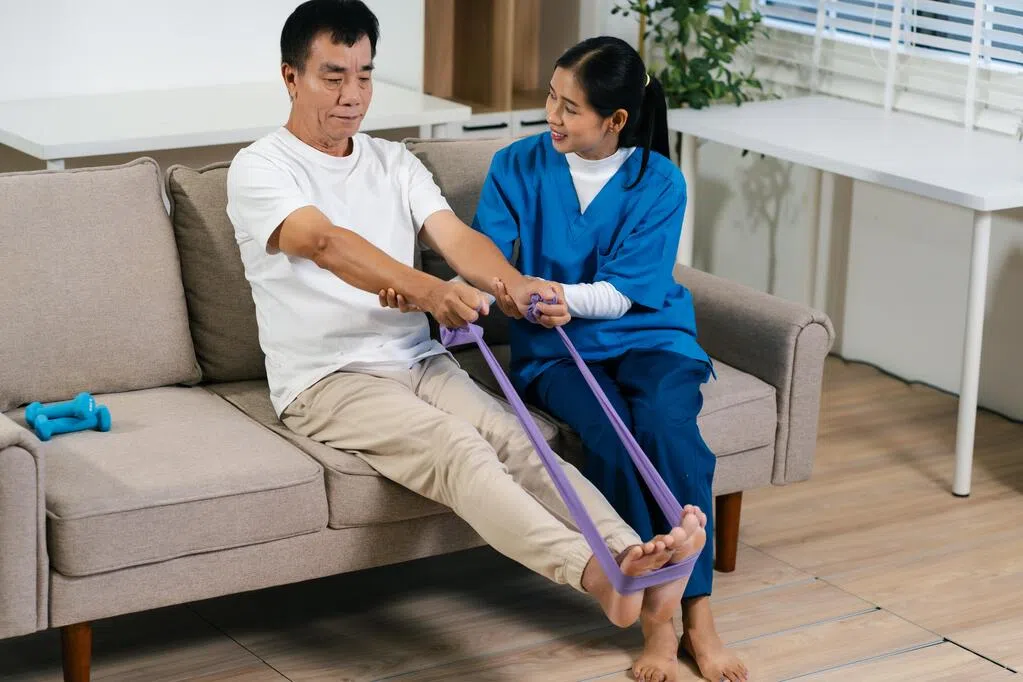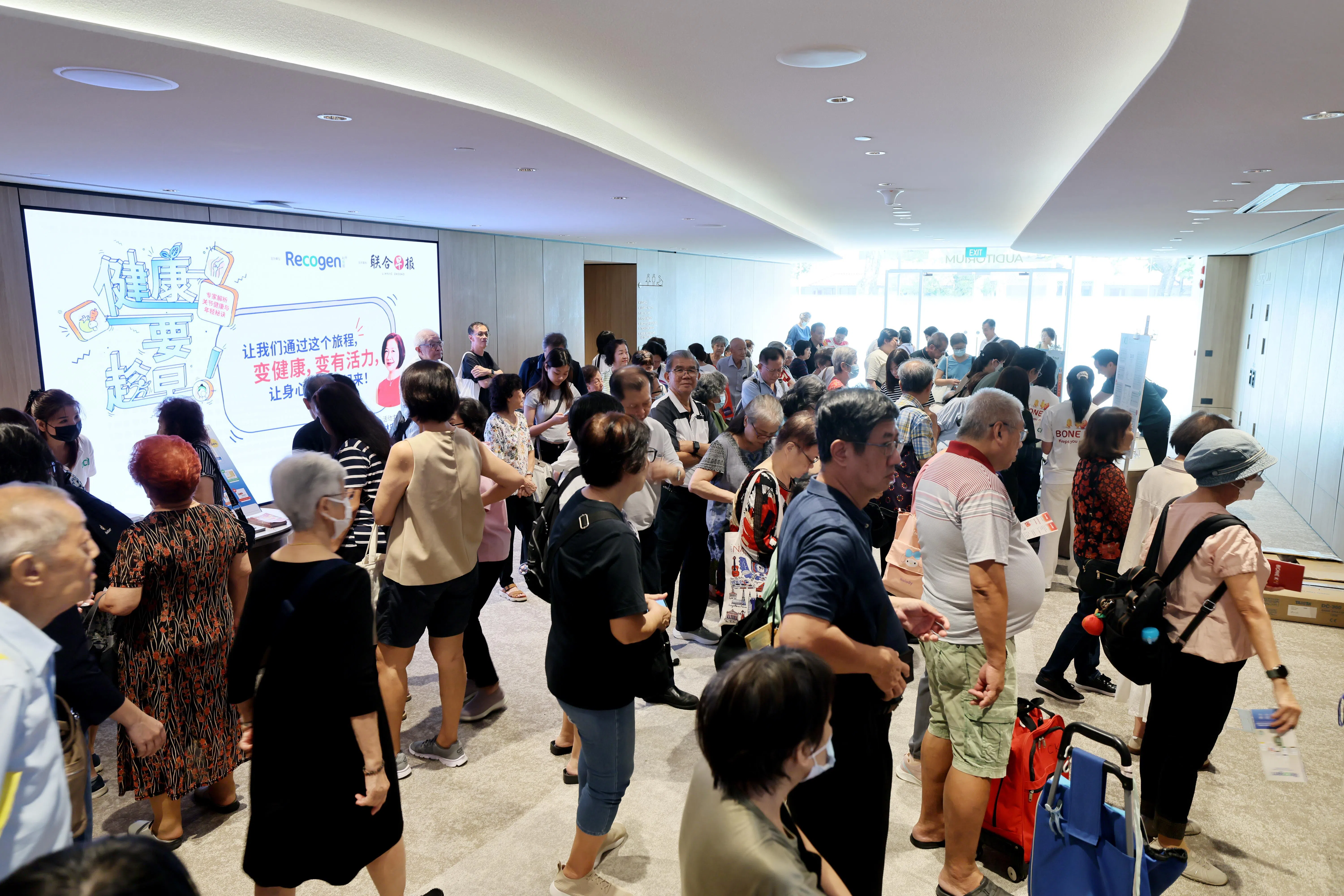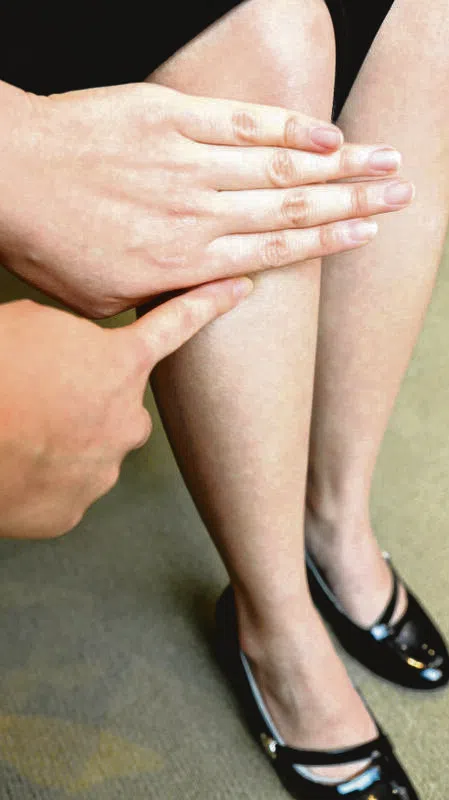Blood can only provide tissues and cells with oxygen and nutrients, and remove metabolic waste, when flowing within smooth and elastic blood vessels. If blood components become entangled, forming a blood clot that adheres to the damaged inner lining of a blood vessel, it is called a blood clot.
content
I. Five Types of People Prone to Blood Clots
1.1 Middle-aged and elderly people
1.2 Obese individuals
1.3 Long-term smokers
1.4 Sedentary individuals
1.5 Individuals with abnormal coagulation function
II. Approximately Seven Signs of Blood Clot Formation
2.1 Severe headache
2.2 Neurological symptoms
2.3 Severe abdominal pain
2.4 Leg swelling
2.5 Petechiae (bruises)
2.6 Bruising
2.7 Shortness of breath
III. What is deep vein thrombosis?
IV. Understanding Symptoms and Seeking Medical Attention Promptly
V. Summary

I. Five Types of People Prone to Blood Clots
1.1 Middle-aged and Elderly People
Due to age, declining physiological function, and the accumulation of unhealthy lifestyle habits, the incidence of chronic diseases such as hypertension and diabetes increases significantly. Combined with chronic inflammation and immune responses, this can cause damage to the inner lining of blood vessels.
1.2 Obese Individuals
Elevated cholesterol levels increase blood viscosity.

1.3 Long-Term Smokers
Decreased lung function and weakened immunity, coupled with harmful components produced by tobacco combustion, promote blood clot formation.
1.4 Sedentary Individuals
Lack of physical activity leads to insufficient blood circulation.
1.5 Individuals with abnormal coagulation function

II. There are approximately seven signs after thrombosis
2.1 Severe headache
This type of headache may be unlike anything you've ever experienced. Some describe it as an explosive or thunderclap-like headache, with pain exceeding your tolerance level. It may also include migraines without warning, which are a signal that a blood vessel in the brain is blocked by a thrombus.
2.2 Neurological symptoms
For example, blurred vision, loss of control on one side of the body, slurred speech, fainting, or seizures.
2.3 Severe abdominal pain
This may be accompanied by rectal bleeding.
2.4 Leg swelling
This may be accompanied by fever or malaise.
2.5 Petechiae (ecchymosis)
These petechiae may be red, brown, or purple, with a smooth surface that does not blanch upon pressure, resembling a rash. These small, patchy petechiae may coalesce into larger hematomas, indicating neuronal damage caused by ischemia.
2.6 Bruising
Large bruises on the trunk, back, or face, caused by minor bumps or without apparent cause, may indicate a clotting disorder.
2.7 Shortness of Breath
Feeling chest tremors, inability to breathe deeply, accompanied by a rapid heartbeat or fainting, may be a sign of a pulmonary embolism. If you notice any of these seven signs of blood clots, seek medical attention immediately.
Blood clots are a "silent killer," and deep vein thrombosis (DVT) deserves special attention.

III. What is Deep Vein Thrombosis?
Deep vein thrombosis (DVT) is caused by various factors leading to slowed venous blood flow, increased blood viscosity, and damage to the blood vessel walls, causing abnormal blood clot formation and obstructing venous return. Most DVTs occur in the lower extremities, obstructing venous blood return and causing symptoms such as leg swelling and pain.
Blood clots may not present obvious symptoms in their early stages and are easily overlooked. However, once a blood clot breaks off, it can travel back through the veins to the pulmonary artery, causing a very serious complication—acute pulmonary embolism. This leads to difficulty breathing and can be fatal within minutes.

IV. Understand the Symptoms and Seek Medical Attention Promptly
The lower limb affected by deep vein thrombosis often presents with leg swelling and pain. If significant swelling suddenly occurs in one leg, be highly vigilant. Measure the circumference of both legs with a tape measure at a point 10 cm below the knee or at the thickest part of the calf. If the difference is more than 3 cm, further examination at a hospital is necessary.
If deep vein thrombosis is suspected, a D-dimer test and venous ultrasound are required to confirm the diagnosis. The doctor will determine the appropriate treatment based on the patient's condition, including anticoagulant medication (usually oral), thrombolytic drugs (usually intravenously), interventional vascular surgery, or surgical thrombectomy.
V. Summary
Preventing Deep Vein Thrombosis The most crucial point is to keep your feet moving. Ideally, get up and walk around every one to two hours. Even while sitting, you can tiptoe and wiggle your toes to promote venous return.
Avoid crossing your legs for extended periods or placing heavy objects on your legs, as this can compress blood vessels and impede blood flow. Post-operative patients should elevate their lower limbs under the guidance of their doctor and, if possible, get out of bed and move around as soon as possible. In daily life, pay attention to wearing loose clothing; keep your legs warm in winter; and stay hydrated to prevent blood thickening. High-risk individuals can use graded compression stockings for prevention after evaluation by a doctor.














